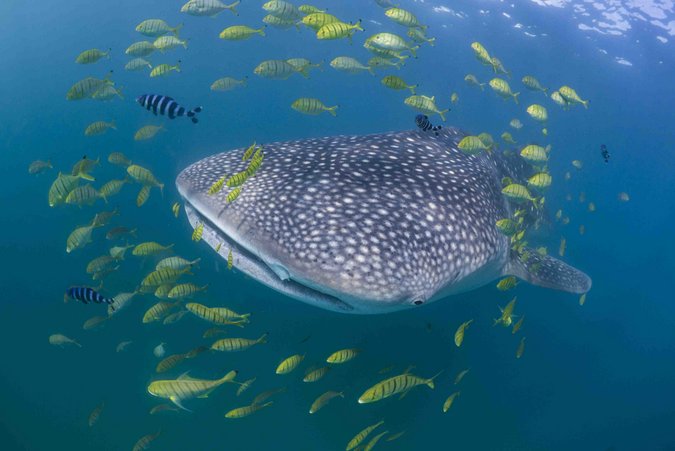
Media release from the Marine Megafauna Foundation (MMF)
Whale sharks, the world’s largest fish, roam less than previously thought. Local and regional actions are vital for the conservation of this globally endangered species moving forward, according to a new study by researchers from the Marine Megafauna Foundation, University of Southampton, and Sharkwatch Arabia. Their findings were recently published in the journal Marine Ecology Progress Series.
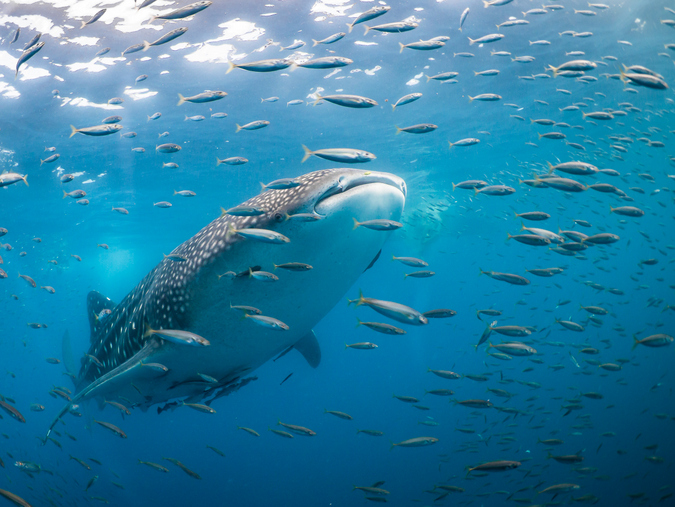
Previously, genetic research indicated that whale sharks mixed within distinct populations in the Indo-Pacific and Atlantic Ocean, respectively. This new study used stable isotope analysis, a biochemical technique, to demonstrate that whale sharks feeding at three disparate sites in the Western Indian Ocean (Mozambique and Tanzania) and the Arabian Gulf (Qatar) rarely swim more than a few hundred kilometres north or south from these areas.
“Whale sharks are amazing swimmers, often moving over 10,000 km each year, and they can dive to around 2,000 metres in depth. Biochemical studies tell us more about where they go and what they do when they’re out of our sight”, said Dr Clare Prebble, who led the research as part of her PhD project at the University of Southampton.

The researchers used isotopes of nitrogen and carbon that have similar chemical properties, but vary in their atomic mass. Ratios between the heavier and lighter isotopes of these elements vary naturally across different habitats in the marine environment. For example, more of the heavier isotopes are found in near-shore environments than offshore.
These ratios stay consistent as they are passed up through the food web, from tiny marine plants to top predators, and therefore provide a record of the animal’s feeding and movement behaviours. Stable isotope analysis thereby provides a ‘biological passport’ for whale sharks.

Electronic tags are commonly used with marine animals to record their movements and diving behaviors. However, the challenge of keeping them attached to a large shark, while minimising disturbance, has meant that only short-term deployments (weeks to months) have been possible. This study used tiny samples of skin tissue from wild, free-swimming whale sharks. These small pieces of skin, collected over 2-3 years at each location, were sufficient to reconstruct the sharks’ movements and feeding preferences over the weeks and months prior to sampling.
Values of both carbon and nitrogen stable isotopes differentiated at each site. To complement the biochemical analysis, the researchers also took photographs of the natural markings on each whale shark to identify and track individuals over a 10-year timeframe.
Every whale shark has a unique spot pattern, similar to a human fingerprint. The team recorded 4197 encounters with 1240 individual whale sharks within these three countries.
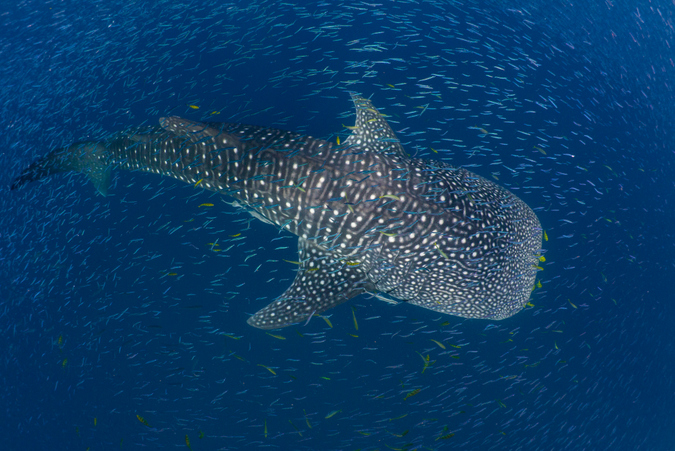
Only two sharks moved between sites, both swimming around 2,000 km north from Mozambique to Tanzania. Taken together, these findings indicate that there are limited movements between these major aggregation sites over months to years. These results have implications for the conservation of this endangered species.
“The best data available suggests that more than half of the world’s whale sharks have been killed since the 1980s. Although the Western Indian Ocean remains a global hotspot for the species, even the largest feeding areas only host a few hundred sharks. Our results show that we need to treat each site separately, and ensure good conservation management is in place, as the sharks may not re-populate if they’re impacted by people’s activities,” Prebble added.
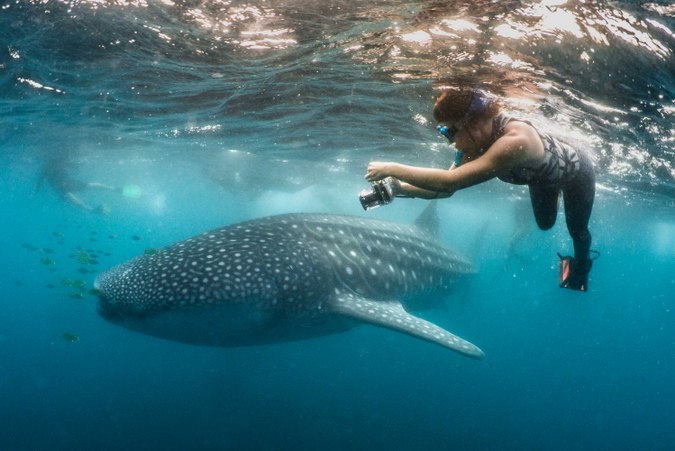
The study stresses the need to protect these filter-feeding sharks at the areas where they come together in numbers, particularly where human pressures are also present. Whale sharks are an incidental catch in coastal gillnets, which are frequently used in Mozambique and Tanzania. The Arabian Gulf is a huge oil shipping area where vessel strikes pose a major threat to the sharks when they are feeding near the surface.
“Whale sharks are fully capable of swimming across oceans, but it seems like the juveniles, at least, are choosing not to”, commented Dr Simon Pierce, Principal Scientist at the Marine Megafauna Foundation and a co-author on this study. “They like coming back to the same sites each year to take advantage of predictable feeding opportunities. Looking on the bright side, that emphasises that local protection can have a major benefit for the recovery of this endangered species. The rewards can also be felt locally, with whale shark tourism now worth over $100 million each year around the world.”

Earlier this year, colleagues reported that whale sharks regularly visit Madagascar to feed, which has led to a growing ecotourism industry between the months of September and December. To date, none of the sharks identified in Madagascar have been seen outside that country, further reinforcing the results from this new study.
Dr Clive Trueman from the University of Southampton concluded: “Interestingly, most sharks found at these feeding sites are juvenile males of less than nine meters. To truly assess how populations are globally structured and distributed, we need to learn more about where the sharks go once they reach adulthood. They may well move out of our sight to feed and breed in deeper offshore waters.”
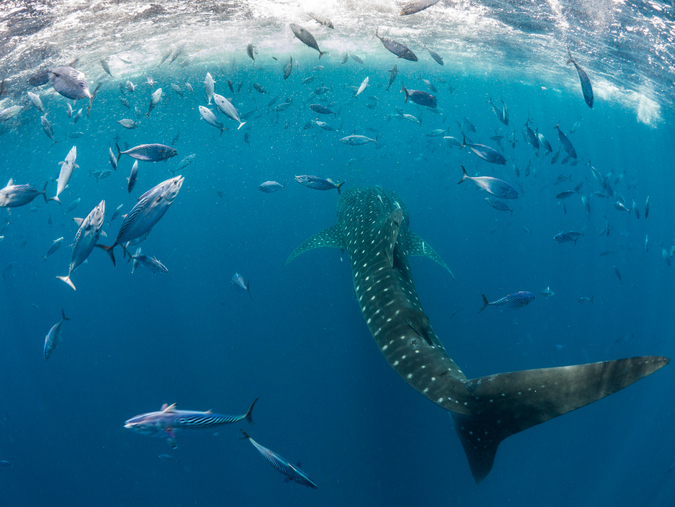
The study was supported by WWF Tanzania, Shark Foundation, Aqua-Firma, Waterlust, Maersk Oil Research and Technology Centre, Qatar Ministry of Municipality and Environment, PADI Foundation, Rufford Small Grants, and two private trusts.
Full report: Marine Ecology Progress Series, Prebble et al. (2018): Limited latitudinal ranging of juvenile whale sharks in the Western Indian Ocean suggests the existence of regional management units
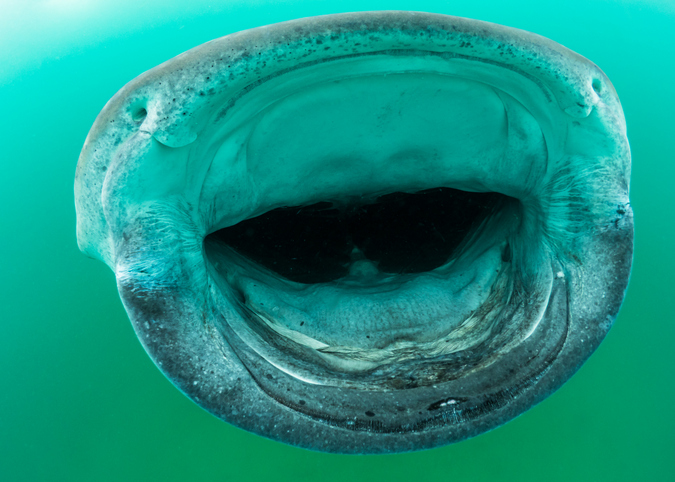
To comment on this story: Login (or sign up) to our app here - it's a troll-free safe place 🙂.![]()






